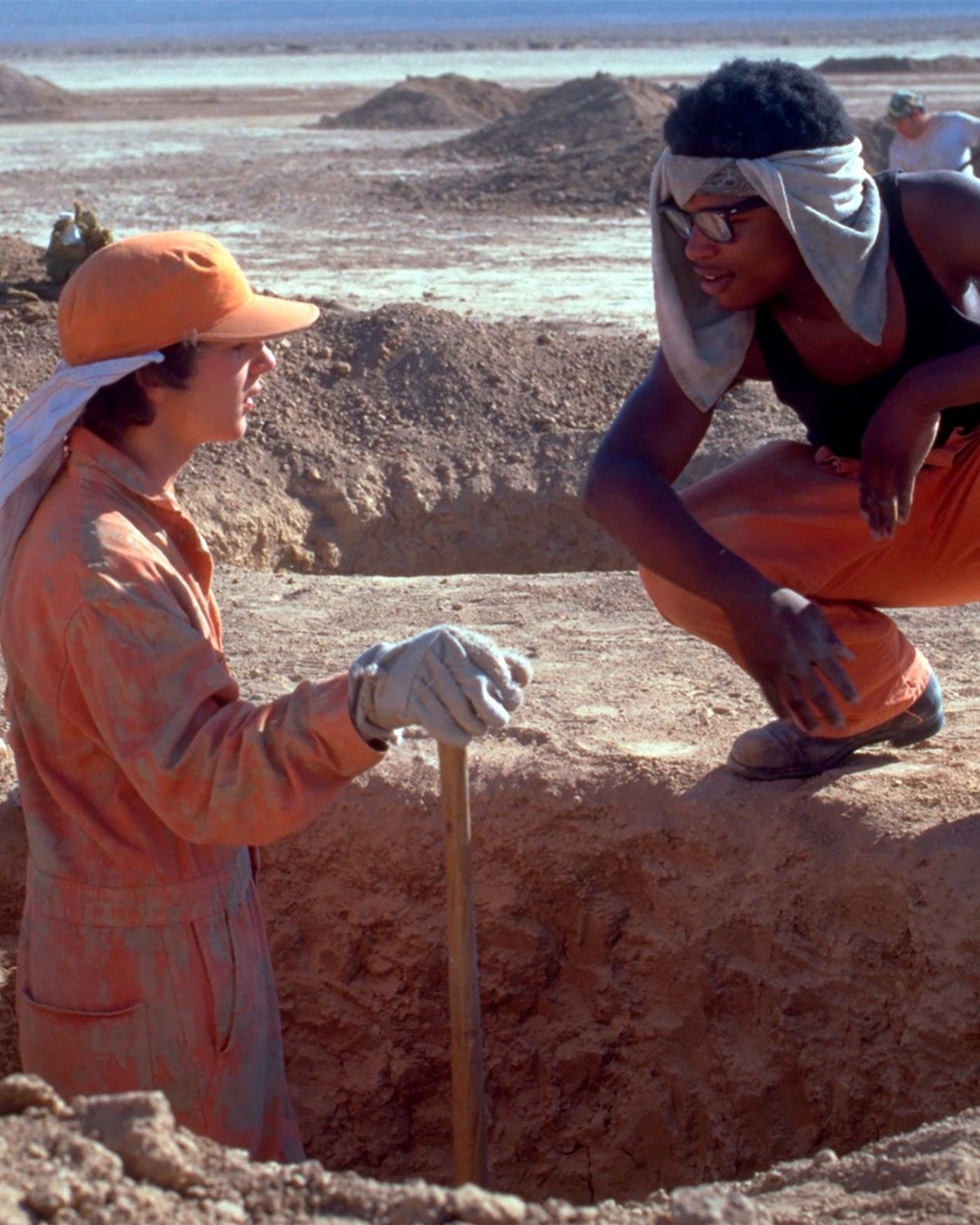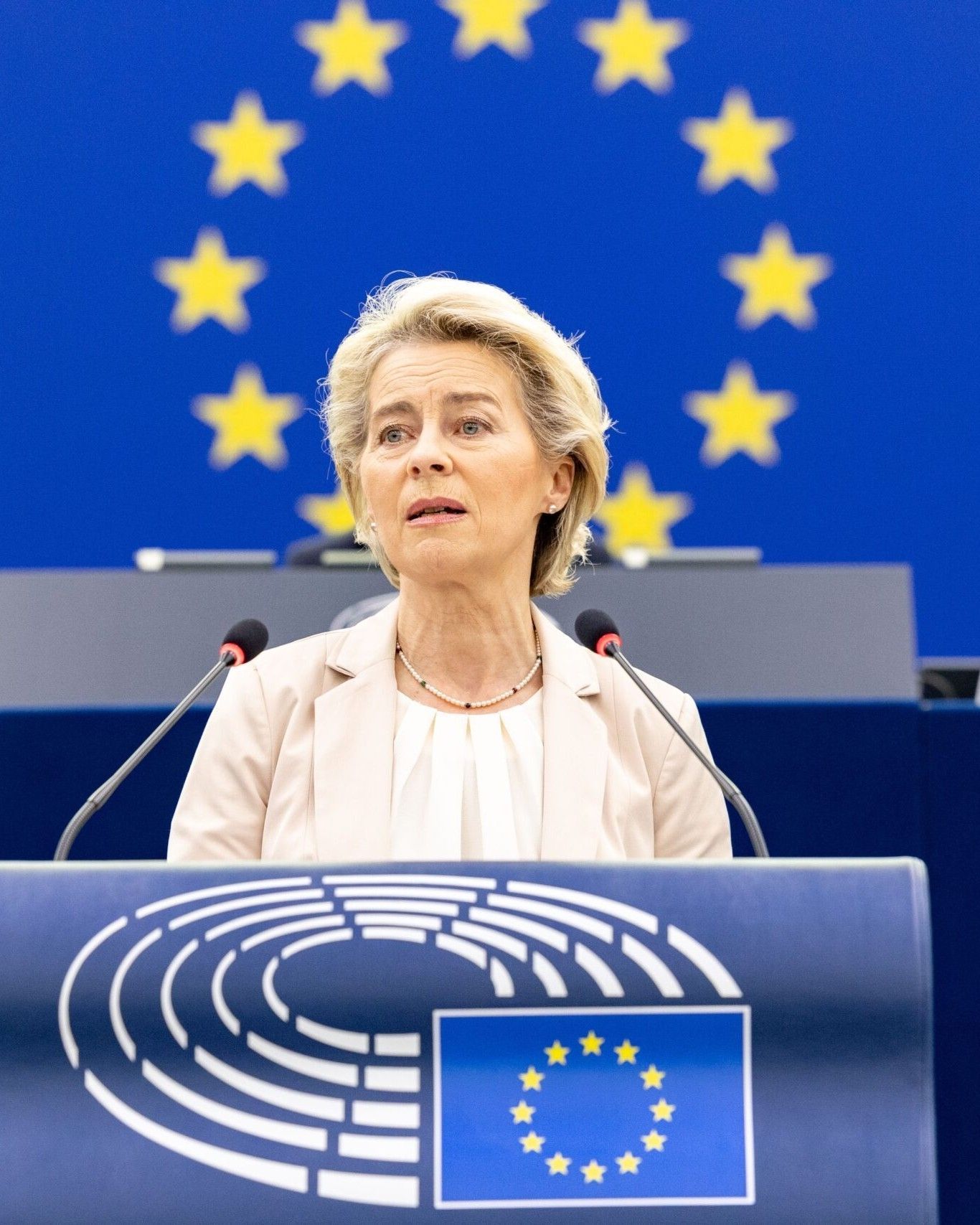
Should we be working in this heat? How climate change will change the way we work
It all started with a LinkedIn post. In Dindigul, India, the trade unionist Thivya Rakini fainted during an inspection at a factory where workers spent nine hours a day in 38.6°C heat. In a post that circulated widely via email and activists’ DMs around the world, Rakini described the conditions in which thousands of textile workers operate daily: long shifts, constant pressure to produce more, and synthetic uniforms in overheated environments, while managers sit in air-conditioned offices. Her case is just one among many that, starting with fashion and workers in factories located in hot-climate countries such as India, Pakistan, Bangladesh, and also Turkey, raises awareness of how rising temperatures will influence labor policies. Discussing the issue, Vogue Business cited an analysis by Cornell University, which estimates that by 2030, up to $65 billion worth of textile exports could be compromised due to extreme climate events in Cambodia, Bangladesh, Pakistan, and Vietnam alone. The issue of heat is part of a broader framework of corporate policy toward these workers, who are not being adequately protected. It makes increasingly concrete the prospect of integrating the effects of climate change into labor rights policies — measures that may currently seem temporary, but are very likely to become a permanent reality we must confront. And the problem is no longer confined to Asian, Middle Eastern, or African countries, but now concerns Europe as well. In these very days, we are all beginning to realize it.
In fact, the effects of heat on labor are no longer just a topic confined to tropical countries, as demonstrated by the case of the 47-year-old worker who died on a construction site in San Lazzaro di Savena, in the province of Bologna, while laying concrete. In Italy, a response came just a few days ago with the signing of the “Protocol on Extreme Climatic Conditions” by unions, employers, and the Ministry of Labor. The solution includes the use of social safety nets in cases of work stoppage due to extreme heat; exclusion of heat-related hours from the legal maximums for wage support schemes; mandatory assessment of “microclimate risk” in company safety plans and the provision of shaded areas, drinks, and proper protection; reorganization of shifts and working hours; enhanced health surveillance and specific training on heat risk. Many regions have already introduced ordinances banning outdoor work between 12:30 p.m. and 4:00 p.m. In Lombardy, the ban is in effect from July 2 to September 15, but similar measures have been adopted in Abruzzo, Veneto, and Emilia-Romagna. Other solutions have been more partial: some regions apply the ban only on days when bulletins report a "high physical risk," while the issue of less protected workers such as riders becomes increasingly pressing — workers who are encouraged rather than protected with minor percentage increases. A much-debated case is Glovo’s “heat bonus”, which offers an additional 2% when working between 32°C and 36°C, 4% between 36°C and 40°C, and 8% for temperatures above 40°C. These increases translate into just a few cents, but Glovo defends the initiative by stating that riders have full autonomy over their work schedule and volume — needless to say, the proposal sparked considerable outrage from those who believe services should be suspended during extreme heat events.
@lizagusalova Come visit!!! #paris #heat #heatwave #metro #inferno Jet2 Advert - A7-BBH | MAN
Expanding the discussion even further, it’s clear that extreme heat has now become a structural risk for the world of work itself. As reported by the Corriere della Sera , according to the WHO, in 2022 the climate caused 61,000 deaths in Europe and heat-related deaths at work have increased by 42% since 2000. Yet, Europe still lacks common legislation regulating increasingly frequent scenarios in which excessive heat may endanger workers’ health: the European Trade Union Confederation has recently called on the European Commission to present a specific directive, reminding that the risk of workplace accidents increases by 5-7% above 30°C and up to 15% above 38°C. But future data is even more concerning: according to a 2024 report by the International Labour Organization (ILO), over 70% of the global workforce is exposed to health risks related to climate change, and occupational health and safety systems are struggling to keep up with the increasing threats. The data shows not only that 2.4 billion workers, out of a global total of 3.4 billion — that’s 3 out of 4 — are exposed to excessive heat while working, but also that the share increased from 65.5% in 2000 to 70.9% in 2020. Excessive heat alone is responsible every year for 22.87 million workplace injuries and 18,970 deaths, but it also creates what the ILO has defined as a "cocktail of serious health hazards", including UV radiation, air pollution, waves of insects like ticks and mosquitoes that spread infectious diseases, and pesticide exposure. According to Manal Azzi, OSH team lead at the ILO, "it’s clear that climate change is already creating significant health risks for workers. We must heed these warnings. Climate strategies must integrate occupational health and safety — not just in policy, but in concrete actions."















































